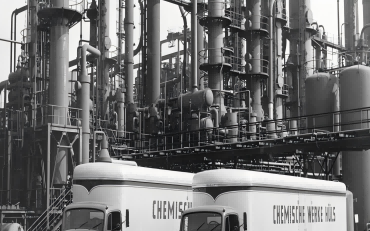Automotive major Stellantis plants in Argentina, Brazil still affected by floods aftermath
Stellantis’ facilities in Argentina remain shut and its plant in Goiana, northeast Brazil, has also partially stopped, a spokesperson for the global automotive major said to ICIS on Friday.
In Argentina, Stellantis operates production facilities in Ferreyra, in the Cordoba province in the north, where trade with Rio do Grande do Sul is commonplace.
The company said in mid-May those facilities had to shut due to the lack of inputs.
Stellantis is the result of the merger between Fiat Chrysler and PSA Group.
The company had not responded to a request for comment at the time of writing.
As of Friday, the emergency services in Rio Grande do Sul said 169 had died due to the floods, while 44 remains unaccounted for.
Nearly 40,000 people are still taking refuge in shelters, while 580,000 remain displaced from their homes.
Nearly 2.4 million have been affected by the floods.
In early May, at the press conference presenting April data, the trade group said it feared the sector could be hit given Rio Grande do Sul’s importance to Brazil’s auto industry.
The petrochemicals hub of Triunfo, near Porto Alegre, returned to operations on 20 May, led by Brazil’s polymers major Braskem, but a consultant in Porto Alegre said there was the odd one out amid widespread disruption for most industrial sectors.
As of Friday, the Port of Porto Alegre, the state’s largest city, remained shut, although Rio Grande and Pelotas ports were operating normally.
The automotive industry is a major global consumer of petrochemicals, and chemicals make up more than one-third of the raw material costs for an average vehicle.


